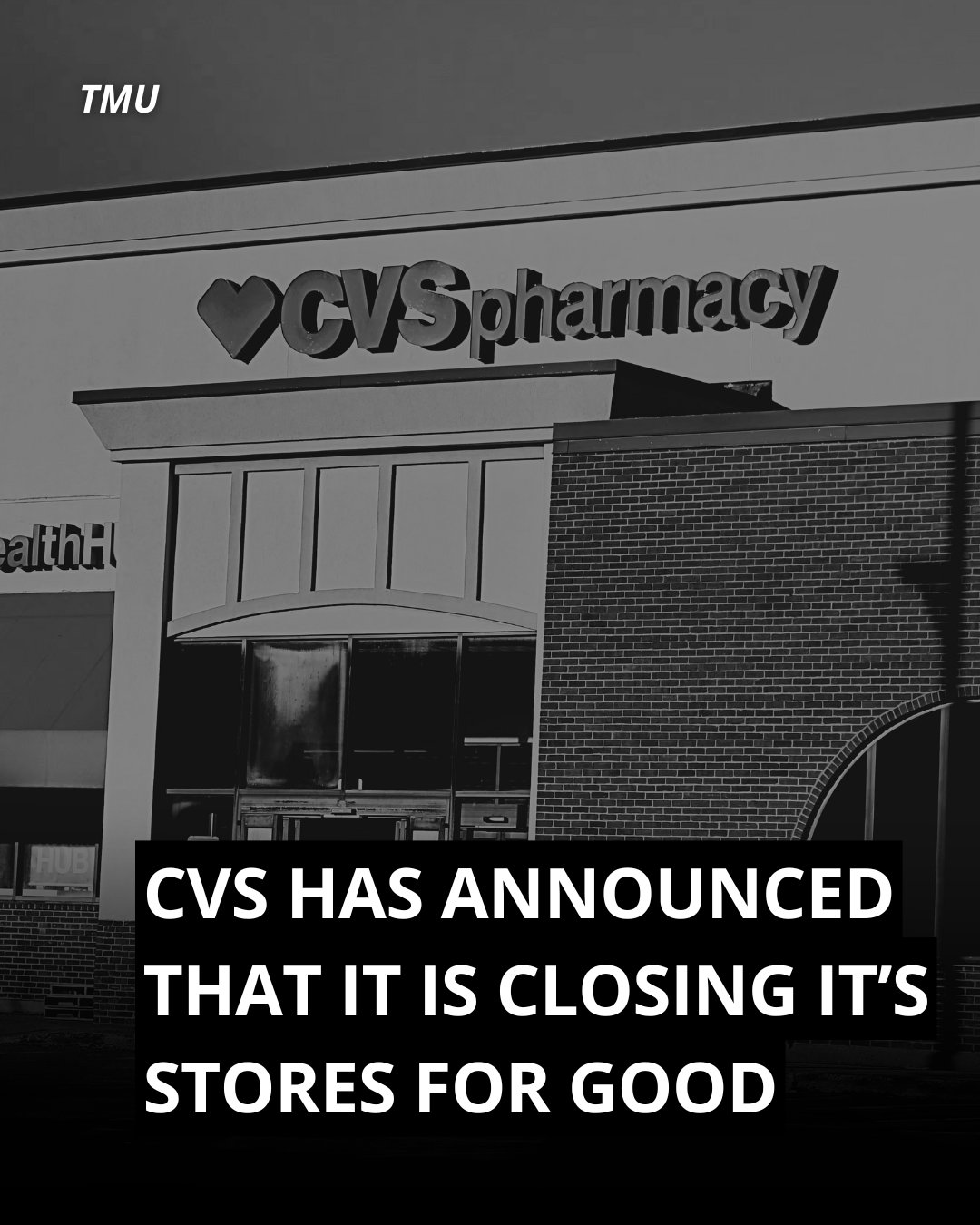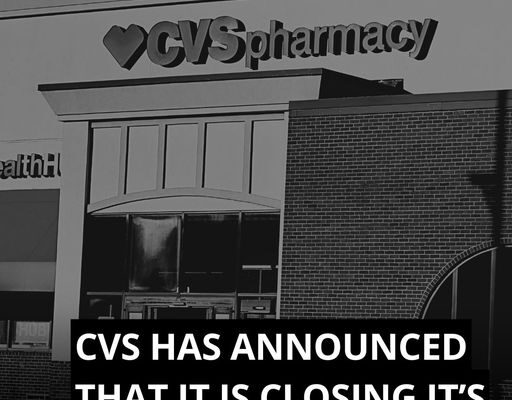
The Retail Landscape Is Changing
The world of retail is undergoing a seismic shift, and pharmacy giants CVS, Walgreens, and Rite Aid are not immune to this trend. Store closures have become a growing concern for consumers who rely on these establishments for their medication and health needs. But what’s driving these closures, and what does it mean for the future of pharmacy retail?

The Economic Pressures Facing Pharmacies
Several economic factors are contributing to the wave of store closures. Rising operational costs, increased competition, and changing consumer behaviors have all played a role in the decline of traditional pharmacy chains. With online shopping and telehealth services on the rise, brick-and-mortar stores are struggling to keep pace.
Rising Operational Costs
Operating a pharmacy involves significant expenses, from rent and utilities to staffing and inventory management. With inflation affecting nearly every sector, pharmacies face higher costs that can cut into their profit margins. When stores become less profitable, closures often follow.
Increased Competition from Online Retailers
Online pharmacies have gained popularity, offering convenience and competitive pricing that traditional retailers struggle to match. With just a few clicks, consumers can have their prescriptions delivered right to their door. This shift has forced CVS, Walgreens, and Rite Aid to rethink their business models to stay relevant.
The Impact of Telehealth Services
The rise of telehealth has also changed how people access healthcare. Many consumers now prefer virtual consultations and online prescription services, reducing their need to visit physical pharmacies. This shift has forced traditional pharmacies to adapt or risk losing customers entirely.
Store Closures Across the Nation
In response to these economic pressures, CVS, Walgreens, and Rite Aid have announced plans to close numerous stores across the country. These closures vary by location, but they reflect a broader trend in the industry. Many stores that have served communities for decades may soon disappear, leaving gaps in access to essential services.
The Effects on Local Communities
The closure of pharmacies can have significant implications for local communities. For many, these stores are more than just places to pick up medication; they serve as community hubs, providing health advice, immunizations, and vital health information. Losing these resources can impact public health and accessibility.
What Consumers Can Expect
As these pharmacy chains close stores, consumers may find themselves facing longer travel times for their prescriptions. It’s crucial for individuals to stay informed about which locations are closing and how this may affect their access to medications.
Adapting to the New Retail Environment
To survive in this evolving landscape, pharmacies are looking for innovative ways to adapt. Some are enhancing their digital presence, offering online services and home delivery options. Others are focusing on providing specialized health services to differentiate themselves from competitors.
The Role of Community Engagement
Community engagement is more important than ever. Pharmacies that foster relationships with their customers and prioritize personalized service may stand a better chance of weathering the storm. Community health initiatives can also help build loyalty and ensure that consumers continue to view these pharmacies as essential resources.
The Future of Pharmacy Retail
As CVS, Walgreens, and Rite Aid navigate these challenging times, the future of pharmacy retail remains uncertain. While closures may seem alarming, they also present opportunities for innovation. Retailers that can pivot and adapt to new consumer needs will likely thrive in the long run.
The Importance of Staying Informed
For consumers, staying informed about the closures and understanding their options is crucial. It’s essential to have a plan in place for accessing medications and health services, especially as pharmacies continue to evolve.
Exploring Alternatives
As traditional pharmacies close, consumers should explore alternative options, such as local independent pharmacies, online services, or even large retail chains that offer pharmacy services. Finding reliable alternatives can help ensure continuity of care.
The Call for Industry Adaptation
The pharmacy industry must adapt to meet the changing needs of consumers. Whether through enhancing digital offerings, diversifying services, or improving community engagement, pharmacies can find ways to remain relevant in an ever-evolving landscape.
Conclusion: Navigating Change Together
The closures of CVS, Walgreens, and Rite Aid stores signal a significant shift in the pharmacy landscape. While these changes may be challenging for consumers and communities, they also provide an opportunity for innovation and growth. By staying informed and exploring alternatives, we can navigate this new retail environment together.
